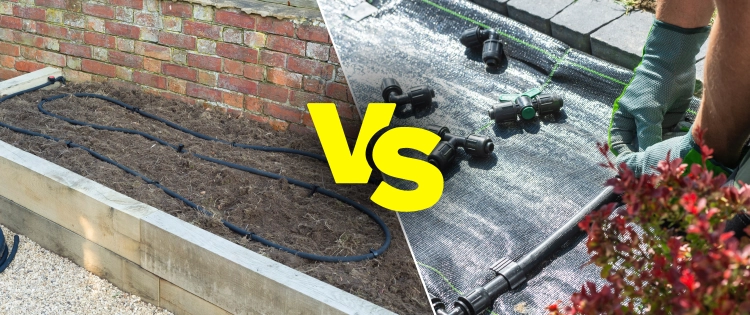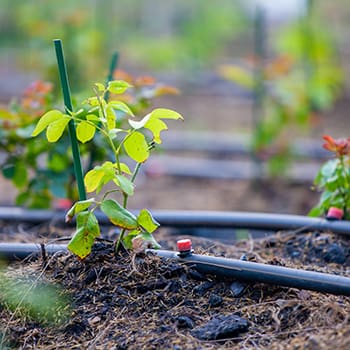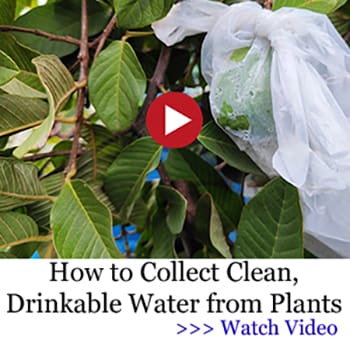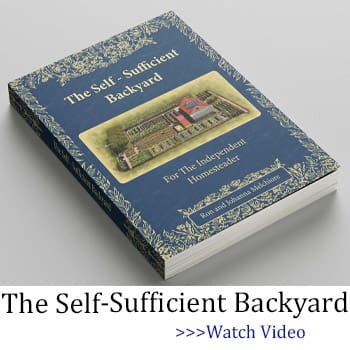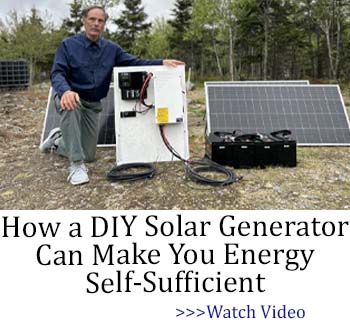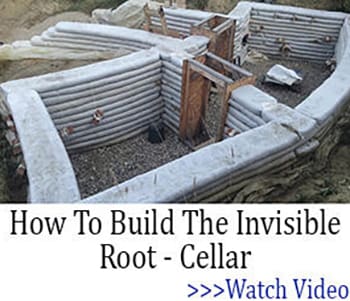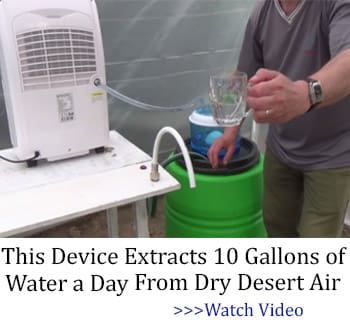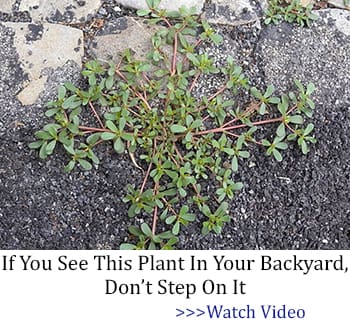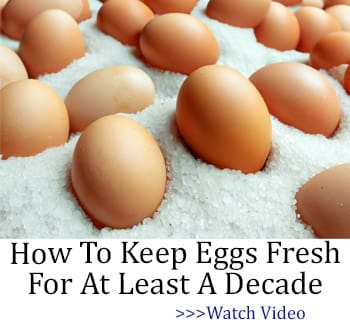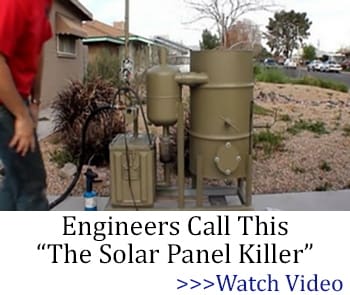Water management is essential for homesteaders wanting to utilize efficient and sustainable agricultural practices. Two of the most common irrigation methods used are drip irrigation and soaker hose irrigation. Both of them have their advantages and disadvantages; therefore, before making a choice, it is important that homesteaders have an in-depth understanding of both to ensure that they choose the most effective method for their unique circumstances. Here are the main differences between drip irrigation and a soaker hose.
Drip Irrigation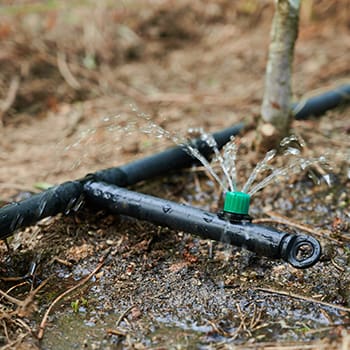
Drip irrigation involves arranging tubing with emitters next to the plants. The emitters keep the soil moist by slowly dripping water into it. The consistent moisture ensures the quality and productivity of the plants improve.
The Advantages of Drip Irrigation
There are several benefits associated with drip irrigation, here are some of them:
Less Weeds: Weeds rely on the additional water from plants to grow. However, when there is no extra water available because it is being delivered directly to the roots of a plant, there are less weeds.
Automation: You can keep a consistent watering schedule with drip irrigation systems because they can be automated with moisture sensors and timers.
Disease Prevention: When foliage is watered at the root, it keeps the leaves dry. The dryness prevents mold and fungal diseases that thrive in moist environments.
Customization: With plants, there is no one-size-fits-all, and drip irrigation allows for this. You can tailor the system to serve the specific needs of the plants while watering them at the same time.
Water Efficiency: There is a lot less water waste with drip irrigation. The water goes directly to the roots reducing runoff and evaporation. Homesteaders save approximately 50% more water in comparison to traditional methods.
The Disadvantages of Drip Irrigation
There are several disadvantages associated with drip irrigation, here are some of them:
Cost: The initial cost of setting up a drip irrigation system is expensive. Unless you are skilled in this area, you will need a professional to get the system up and running in your garden.
Maintenance: The system requires regular maintenance to prevent the emitters from clogging and to check for damage or leaks in the tubing.
Complexity: The drip irrigation system is not the easiest to use. Adjusting and customizing the system can be difficult and time-consuming, especially if you have a large or diverse garden.
Soaker Hose
A soaker hose looks like a regular hose but it is full of tiny pores that slowly release water into the plant’s roots.
The Advantages of a Soaker Hose
There are several advantages associated with a soaker hose, here are some of them:
Easy to Use: Soaker hoses are easy to set up and use. There is no elaborate installation process and can be quickly laid out around the rows of plants or garden beds.
Flexibility: You can move a soaker hose around the garden if and when you need to. Moving a soaker hose does not require reconfiguration, you can simply move it from one location to the next without any hassle.
Reduced Evaporation: Like drip irrigation, soaker hoses release water directly into the soil, reducing evaporation and saving water.
Efficient Watering: The pores along the length of the soaker hose ensure garden beds and evenly spaced plants receive enough water.
Cost-Effective: Soaker hoses are less expensive than drip irrigation systems. For homesteaders on a budget, a soaker hose is the best option for you.
The Disadvantages of a Soaker Hose
There are several disadvantages associated with a soaker hose, here are some of them:
Pressure Sensitivity: Soaker hoses are not ideal for large or complex gardens because they work best with low water pressure. High pressure damages the hose or causes uneven distribution.
Clogging: Soaker hoses can get clogged with mineral deposits or soil. Once it is clogged, the soaker hose becomes less efficient and will require professional maintenance.
Durability Issues: Soaker hoses don’t last as long as drip irrigation systems because they degrade over time. The degrading process takes place even faster when they are exposed to extreme weather conditions and UV rays. As a result, they need replacing more often than drip irrigation systems.
Limited Customization: Unlike drip irrigation, soaker hoses do not provide the same level of customization. Water distribution is uniform along the hose, which may not be ideal for plants with different water needs.
Things to Consider When Choosing an Irrigation System
When choosing between drip irrigation and soaker hoses, homesteaders should take the following factors into consideration:
Take the initial setup cost and long-term maintenance into consideration. While drip irrigation is more expensive to set up, it reduces labor and saves water over time. Soaker hoses are much cheaper but they will need frequent replacements.
For large or complex gardens with different plant types, drip irrigation customization may be more beneficial. For smaller, evenly-spaced gardens, soaker hoses will work well.
Drip irrigation provides precise watering for plants with varying watering needs. If all the plants in your garden have the same watering needs, a soaker hose will provide a uniform watering system.
Related: How To Purify Water Off Grid
All homesteaders are busy, but some are busier than others. While soaker hoses are easier to use, they are more time-consuming because they need frequent manual adjustments and maintenance. A drip irrigation system will better serve the needs of busy homesteaders who would like to free up more time to do other things throughout the house.
Both drip irrigation and soaker hoses provide valuable benefits for homesteaders looking for sustainable and efficient watering solutions. There is no one-size-fits-all when it comes to watering gardens because all gardens are different. Additionally, one can not say that the drip irrigation system is better than a soaker hose because it depends on the type of system that will be most beneficial for your garden.
Nevertheless, by taking into consideration the specific needs of your homestead, homesteaders can choose the most appropriate irrigation method to ensure your plants get the best water supply and are kept healthy during their lifespan.
DIY Self-Watering Raised Garden Beds
How To Make The 3 Bucket Water Filter (Video)
5 Ingenious Methods To Get FREE WATER In All 50 States During A Crisis
How To Find An Underground Water Source On Your Property
Ingenious Projects for Endless Hot Water Without Electricity
